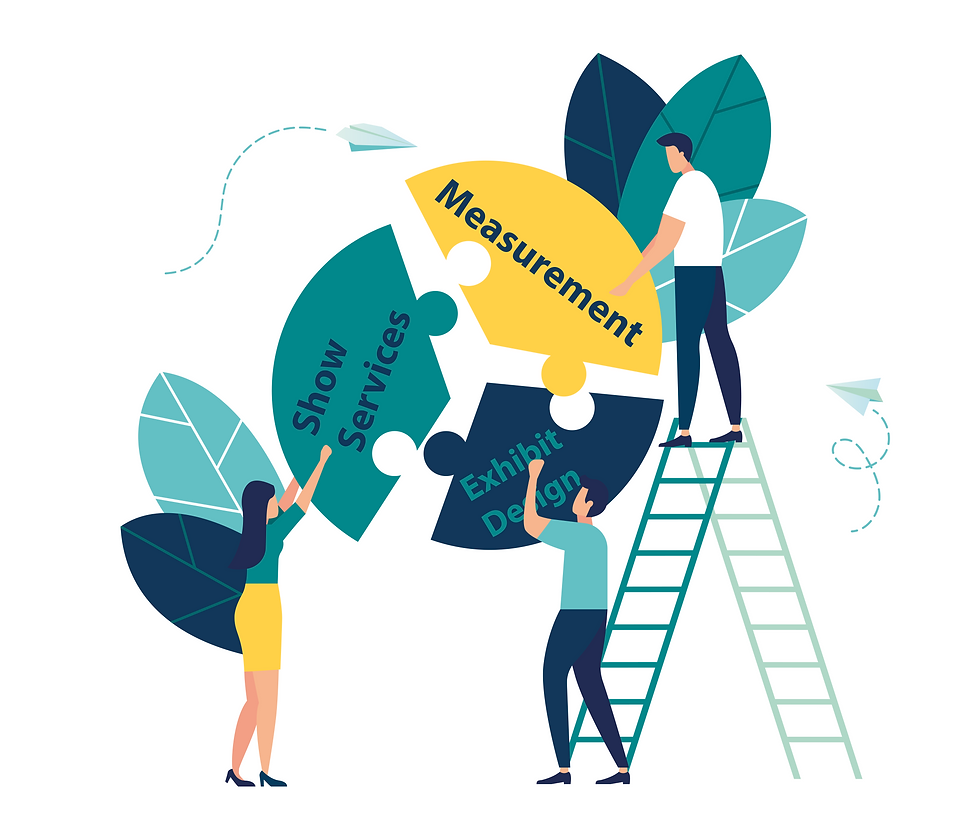Enhance Your Event Experience With FastSensor
- fs-partners
- Nov 19, 2019
- 3 min read

The expectations of event attendees have changed considerably over the years. With the proliferation of innovative solutions and approaches to event planning, attendees have come to expect more personalized services. This means that organizers must understand attendees’ needs and preferences ahead of time and that systems are in place to provide more responsive services.
These expectations didn’t develop overnight; it's the culmination of trends that have been going on for years. Some of the factors that contributed to this shift include changes in technology, new ways of communicating, and the need to meet business objectives. That’s why it’s vital to take attendees' interests into account when developing event plans. Events that are designed according to attendees’ needs and preferences will produce a much better result.
It’s no wonder why more and more companies are investing in data analytics technologies. With tools like these, companies can collect and analyze relevant business data to understand customers’ expectations and the best way to serve them. The same is true for the event industry. The more data you have on your attendees, the better you are able to tailor services to their needs and preferences. One platform that can help you gather and analyze customer data effectively is FastSensor. Here are some of the things you can do with FastSensor:
Personalized Attendees’ Experience
With access to a quality data set, event organizers can offer a more personalized experience to attendees. This may be in the form of replacing large events with smaller ones based on historical data. With platforms like FastSensor, organizers can better understand attendee behavior in detail and tailor events to preferences of individual speakers, attendees, and sponsors to design products that are more aligned with their needs.
Control Crowd Flow
Collecting data can help control crowd densities at event venues. With FastSensor, organizers can easily detect bottlenecks. Over the long haul, this kind of information can help organizers plan and design venues that are more suitable for attendees and exhibitors.
Cut Costs And Increase ROI
The use of event technologies has shown to have a significant positive impact on event attendance. But one of the biggest issues facing event professionals is the cost of deploying technologies like these. However, platforms like FastSensor not only help reduce costs, it’s one of the best solutions on the market that provides customer behavior data that is analyzed through AI.
While costs should be taken into consideration, capability also matters. Because ultimately, your event success will depend on whether you have the right tools to deliver the results your clients expect. With the growing competition for market share, organizers need to step up their games in order to remain competitive. And part of that means using the right technology and understanding your customers at a behavioral level.
Improve Engagement
Not too long ago, passive audience members used to make up large chunks of speaking engagements. All that has changed with the advent of social media and advanced communication technologies.
These days, more people are connecting and sharing experiences online than ever before. This shift requires event organizers to provide an avenue for open dialogue, communication, and collaboration between speakers and attendees. With FastSensor, organizers can gain real-time insights into what’s driving engagement and optimize their spaces to better serve the audience.
Make Adjustments On-the-Fly
As an organizer, you might have faced situations where some of the booths were getting plenty of attention while others lag. Data can help you understand what parts of the event attract attendees and why. Using FastSensor, you can quickly change your event signage and direct personnel to where it’s most needed. Making these adjustments allows you to better tailor your offerings to suit attendees’ needs.
The Bottom Line
Technology is playing a critical role in how events are planned and executed. This amalgamation of technology and attendee-centric strategy is shaping how people experience and participate in events. No two attendees are exactly the same; therefore, no two experiences should be exactly alike. Collecting data allows event organizers to see what’s driving engagements and to make adjustments necessary to enhance experiences and connect attendees to the right resources.




Comments